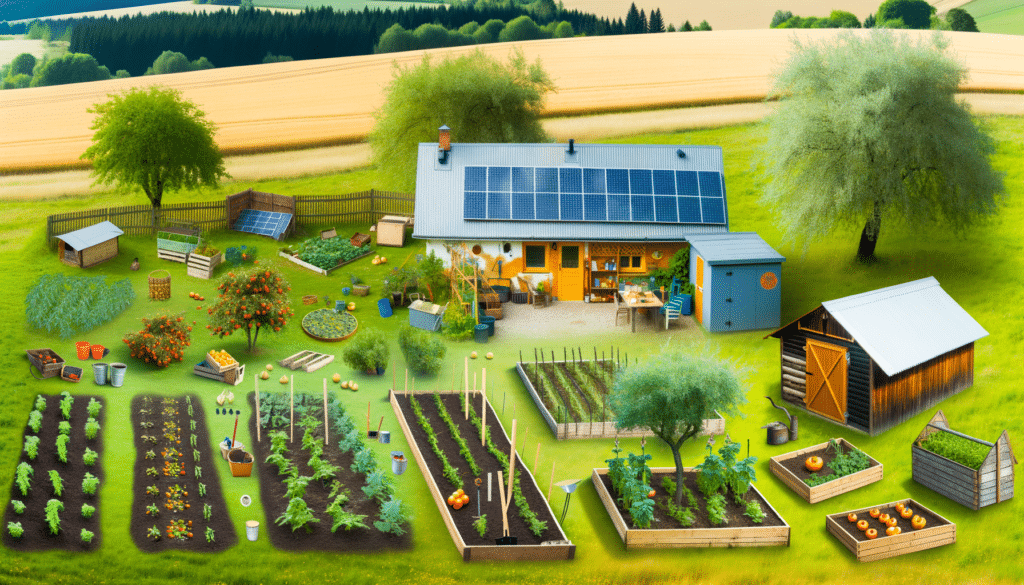Choosing the Right Crops
One of the important aspects of homesteading is selecting the right crops for your environment. Understanding your local climate, soil conditions, and seasonal patterns can vastly improve your yield. Begin by focusing on staple crops that are relatively easy to grow, such as potatoes, carrots, and leafy greens. These vegetables have a wide range of culinary uses and store well, adding value to your efforts. Additionally, experimenting with vertical gardening or container gardening can maximize the space you have available, allowing for a diverse range of crops even in a limited area.
Implementing Sustainable Practices
Homesteading thrives on the principles of sustainability, and integrating these into your daily routines can make a significant difference. Composting is a great place to start, as it recycles organic waste into nutrient-rich compost, reducing reliance on chemical fertilizers. Rainwater harvesting systems can help decrease water usage for your garden, while renewable energy sources like solar panels can offset your electricity needs. By adopting these methods, not only are you limiting your ecological footprint, but you’re also ensuring that your homestead operates efficiently and sustainably.
Raising Livestock
If space allows, raising livestock can further enhance your homesteading experience. Chickens are often the first choice for many homesteaders due to their relatively low maintenance and the benefit of fresh eggs. In rural settings, you might consider goats or sheep, which can provide milk, meat, and wool. It’s crucial to understand the specific needs of the animals you choose to ensure they contribute meaningfully to your self-sufficient lifestyle. Proper care and ethical treatment are paramount, reflecting the sustainable ethos of homesteading.
Building a Community
While homesteading emphasizes self-reliance, building a supportive community can offer invaluable resources and encouragement. Engaging with local homesteaders through workshops, online forums, or farmers’ markets can offer new insights and share experiences. Skills like bartering, exchanging surplus produce, or sharing labor can strengthen community bonds and create a network of support. This sense of community not only enriches the homesteading journey but also fosters a collective resilience that can thrive in both challenging and prosperous times.

